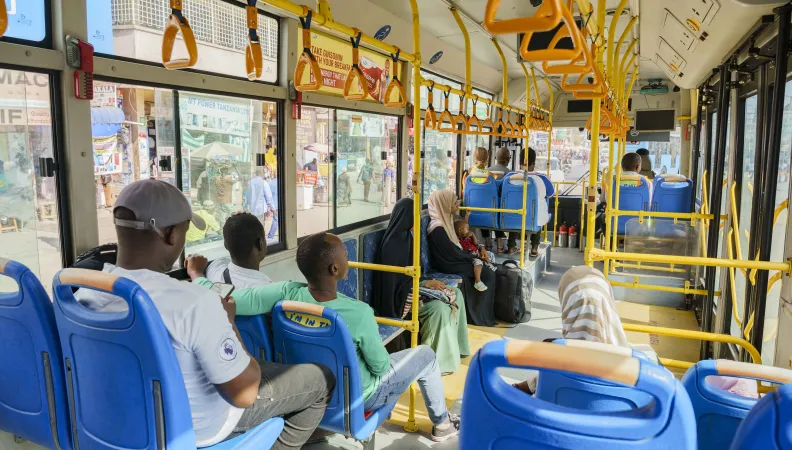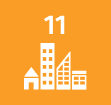Share the page
A sustainable, resilient and equitable development in the Nouakchott region (ARENDDRE)
Project


-
Project start date
-
Status
In progress
-
Estimated date of project termination
-
-
Project financing date
-
-
Financing duration
-
3 years
-
Type of program
-
FFEM
-
Global financing amount
-
49000000 €
-
FFEM financing amount
-
1100000 €
-
Project lead member institution(s)
-
Ministry of the Ecological Transition, Biodiversity, Forests, Sea and Fisheries
-
Country and region
-
Mauritania, West Africa
-
Type of financing
-
Grant
-
Beneficiaries
-
Global Fund for Cities Development (FMDV)
-
Type of beneficiary
-
International organisation






Nouakchott, the capital of Mauritania, is subject to climate and demographic pressures. Alongside this, access to public transport and lighting is limited. The ARENDDRE project, supported by the FFEM, aims to develop sustainable, affordable and safe urban mobility for the local population.
Context
Located on a coastal plain, the city of Nouakchott is threatened by environmental shifts related to climate change, such as rising water levels. Home to over one-quarter of the country’s population, the city is also subject to significant demographic pressures. Alongside this, access to public transport and lighting is limited. Deprived of these services, local people - particularly women and girls - face greater insecurity and restricted economic independence.
Since 2018 the Nouakchott region has strengthened its planning and regional development capabilities. The ARENDDRE project - “Supporting the Nouakchott region in sustainable, resilient and equitable development” (“Appui à la région de Nouakchott pour un développement durable résilient et équitable”) - aims to develop new tools for the better management of urban development, particularly through the implementation of sustainable mobility.
Description
The project has 4 components:
- Improving local people’s living conditions, particularly those of women and young girls in surrounding areas, by supporting the region’s urban and energy transition.
- Encouraging the adoption of safe, sustainable and affordable mobility that is less polluting and more fuel-efficient such as urban transportation and pedestrian mobility.
- Strengthening expertise in sustainable planning in the transport and urban safety sectors while mitigating the impacts of climate change.
- Encouraging the urban integration of surrounding areas for fair and sustainable urban development through innovative actions.
Impacts
- Adoption by the region of a coordinated sustainable urban mobility plan.
- Coordinated development of public lighting planning and experimenting with configurations across one or several districts.
- Coordinated development of a plan to integrate Nature-based Solutions around urban mobility, and testing this in one or several districts.
- Implementation of two smart self-driving urban transport lines.
- Equipment tests for smart solar lighting allowing real-time maintenance.
- Bolstering regional services for implementing city-wide testing.
Exemplary and innovative characteristic
The innovative character of this project lies in the introduction of shared methodologies that are integrated and co-constructed with all the stakeholders, particularly local residents. These methods will be rolled out through coordination workshops, shared approaches and living labs, and should contribute to improving the technical capabilities of the Nouakchott region to develop innovative actions. Through involving all the stakeholders, they also encourage partnership and collaboration. Ultimately, they facilitate the scaling-up of the project.
With replicability in mind, the “living lab” approach allows innovative solutions to be tested as required at small-scale. This approach encourages users to take ownership of the project, enables technologies that are better suited to local conditions to be selected and reduces investment and management risks.
Lastly, the project will explore Nature-based Solutions to combat sand encroachment of footpaths and to provide areas of shade to encourage more pedestrian traffic.
Sustainable Development Goals
ODD5 Gender equality

ODD7 Affordable and clean energy

ODD9 Industry, innovation and infrastructure

ODD10 Reduced inequalities

ODD11 Sustainable cities and communities

ODD13 Climate action



